Interview with Interior Stylist Mary Norden

You know in life there are always those girls you have a bit of a crush on. Be it the cool girls at school or women who are smashing it in your chosen field. Well the interior stylist Mary Norden has always been one of my career crushes. During her time as Interiors Editor on Red Magazine, I always made sure I bought a copy, just so I could swoon over her impeccably styled pages. She’s a style maven who indulges me in my love of colour and pattern and all with a laid back nonchalant look. She recently published her latest book, Gathered with one of my favourite photographers Polly Wreford, so I just had to catch up with her and get her to spill the beans on her career and how she’s made it so inspiring.
Give us a Brief biog.
I grew up in the West Country, and after college came to London where I still live. Home is in the East End with my husband, Charles (a film maker and artist), and Ned, our very old Irish Terrier.
Tell us one bit of your favourite styling job?
There is so much to love about this job. I particularly love the initial part. You start with a blank canvas and then create a narrative and a style. For most jobs I will make mood boards which helps one to focus on the look I want to create. I think about the kind of person who will be buying the product, how they might use them, where they live, what is their lifestyle, and even imagine their names. I love inspiring people. Finding the right location is also very important. It’s the stage for the shoot. I get to see some wonderful locations, and the right location will be inspiring and will enhance the product.
What would your dream commission look like?
A dream commission is one with complete creative freedom. It’s exciting. It means the client has complete faith in you and respects your vision, and allows one to be more experimental so the end result is something new and a sense of moving on.
Where do you look for inspiration for schemes?
Fashion is very inspirational. I think it’s important to remember that just because you work in interiors your ideas do not have to come from interior design. Yes, I look at Interior magazines, but I am more likely to look at fashion and vintage clothing, go to museums, look at art, wonder round vintage markets and look at books.
Your shoots are often rich in pattern and colour. How do you put your palettes together?
I wish I could say I have a fail safe formula for putting different colours and patterns together, but I don’t. Most of what I do is instinctual. I know when something works or doesn’t. It doesn’t mean that everything has to match. I think a bit of edge, or the unexpected is key to an interesting scheme or pattern. You want to create the unexpected. However, when mixing patterns, different scale and styles are important and does require thought. For example a bold floral pattern needs a small neat geometric, and a stripe pattern for balance. Think of the floral as the hero or the chief, and the simpler patterns as the workers. Remember -You need both heroes and workers.
Are you persuaded by trends? How do they influence you?
I certainly take notice of interior trends, and I’m sure I am influenced, but in a very sub conscious way. I don’t ever set out to do something because it’s on trend. I certainly haven’t embraced the Scandi look which has been huge for some time now. I’m much more likely to be influenced and inspired by fashion trends. I find them exciting – a roller coaster of constantly changing shapes and styles. I always look at designers such as Marni, Prada, Mary Katrantzou and Dries Van Noten for pattern and unusual colour combos.
How has the industry changed in the last 30 years?
The biggest change is of course due to digital. Because digital is seen as so much faster than film, clients are much more demanding and expect many more set ups and shots each day. The emphasis is more focused on being commercial rather than creative. Budgets are much tighter too. Main stream interior magazines used to be so inspiring and individual but now, in my opinion, all look the same and don’t take the risks. You have to look to the smaller self-published magazines for originality. Though there are so many positive things about digital, I do also feel that it has made people lazy. With film, you had to really think about what you were doing before you could commit to a shot, which is a very good discipline.
What would be your key advice to anyone wanting to pursue a career in Interior Styling?
Assist as many different Interior Stylists as you can. Each stylist has a unique style, as well as a unique way of doing things and from this you will learn so much. It will also bring you into contact with different photographers who also have different ways of seeing things, and you will also learn from them about framing and light. See it as an apprenticeship and a time of building contacts. Something I say to all my assistants, when you are putting things together to create an image, think about why you are putting it in. Don’t just put a prop into a picture because you love it. It has to have a purpose and be part of the story. And finally, after assisting lots of different stylists, I do think it’s important to find your own style. Some people are brilliant at commercial mainstream work, others perhaps more whacky or high end. Neither is right or wrong. Above all, don’t be afraid to be individual.
What did you study?
Art at A Level, followed by Art Foundation. Then BA Hons in Textile Design at West Surrey College of Art & Design, Farnham. This included both print and knit.
What was you career path post degree?
After collage, I won a Craft Council award which allowed me to set up a small studio and pursue a career as a freelance print and knitwear designer, as well as a colour forecaster, working for many top fashion brands, such as Ralph Lauren, YSL, Christian Dior, Sonia Rykiel and Missoni. When print went out of fashion (it all became about Japanese designers and the only colour was black!), I moved into lifestyle and interiors, working as a stylist for numerous interior and women’s publications, as well as for interior and fashion brands. I also published 11 books on interior, lifestyle and textiles during this period. In 2005 I became Interior and Food Director of Red Magazine where I stayed until 2013. I am now working independently as an art director, stylist and consultant. I have never made a career plan as such. It’s all been a very organic process.
You have a background in textiles and fashion. How did you make the move into styling?
When I first started styling for magazines and books, it wasn’t really recognised as a job. Very few people did it. I designed and wrote a book about needlepoint, and there was no budget for props or styling, so just had to make the most of it. Then slowly it developed into a full time job. When I was designing prints it was all on paper and then incorporated into the fashion collection. I was not part of the whole process. I had no say in how the design might be used. What I love about interior styling is you create a narrative, a moment and you see it from beginning to end. You can be spontaneous about where you put things, and you are working with 3-D shapes rather than just paper and paints.
How do you think your training has benefited your career as a stylist?
I work a lot with fabric companies, and my training as a textile designer has given me an essential understanding of different fabrics as well as of colour and pattern.
Have you ever considered a career as an interior designer?
To be an interior designer you need to work with an architect and have an understanding of spaces and the structure of a building. I’m not so interested, or good at that. I love creating a look, a sense of place and the details – the choice of colours, the fabrics, the rugs, the arranging of objects and pictures. I’m very much an interior stylist, rather than an interior designer. I would love to style a small hotel.
Your latest book Gathered was born from your love of gardening and photography. Tell us more about how it came about.
Most of my art directing and styling for interiors is commercial work, which means you are shooting for the next season. In this business, August means Christmas shoots, and in the winter, you are planning and shooting for the summer. I wanted to create something outside the constraints of this kind of work and to shoot in the present. And for it to be a more organic, less contrived process. I wanted to create something more than ‘just pretty pictures’, images that the stir the emotions, sometimes in an unexpected way. I have always loved flowers. I have my own garden, and what I’ve come to realise is that my love of flowers and plants is not just about their colour and scent, but also about their seasonal cycle of blooming and dying. I love those first tight buds, and the blossom in spring that offers hope just as everything is at its greyest. Then there are the lush greens and glorious blooms in the summer, which are followed by autumn, and that sense of things decaying and ending. I wanted to express all of this, and doing a book seemed the prefect way to do this.
Having published over 11 books you talk about loving print. In an ever increasingly digital age, why do you feel books still hold a special appeal?
It’s the physical and emotive contact that you get with a real book or a magazine that I love. Something you just don’t get with online magazines and books.
You can find more about Mary and her work over on her website http://www.marynorden.com/. To order a copy of her book Gathered hop over to http://uspublishing.co.uk/.
I’ll be posting more pictures from Mary’s new book Gathered in a post later this week, with an opportunity to win a copy, so make sure you subscribe to my news letter, so you don’t miss out.
comments
What a stunning piece both visually beautiful and inspirational. Most defiantly grabbing that book!
Love Mary Norden. She and Polly did a shoot at my flat many years ago for Red Magazine. I found the way they worked together very inspiring. It really influenced my approach to styling and photography.
So considered and intelligent!
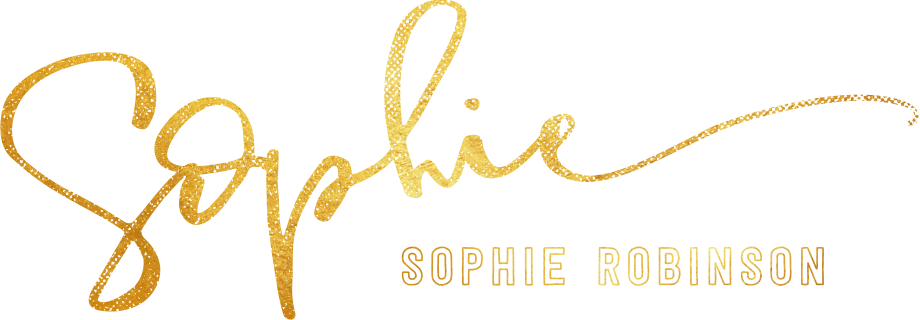







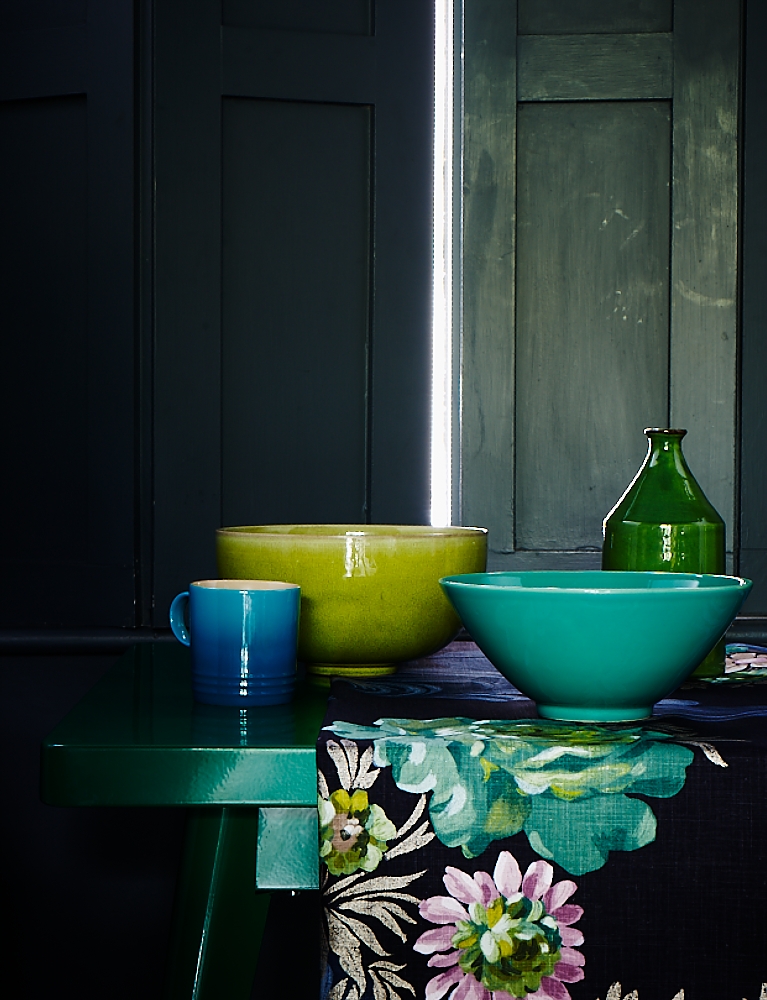




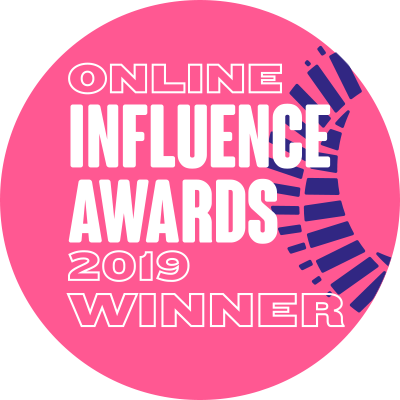
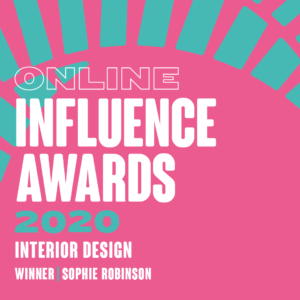
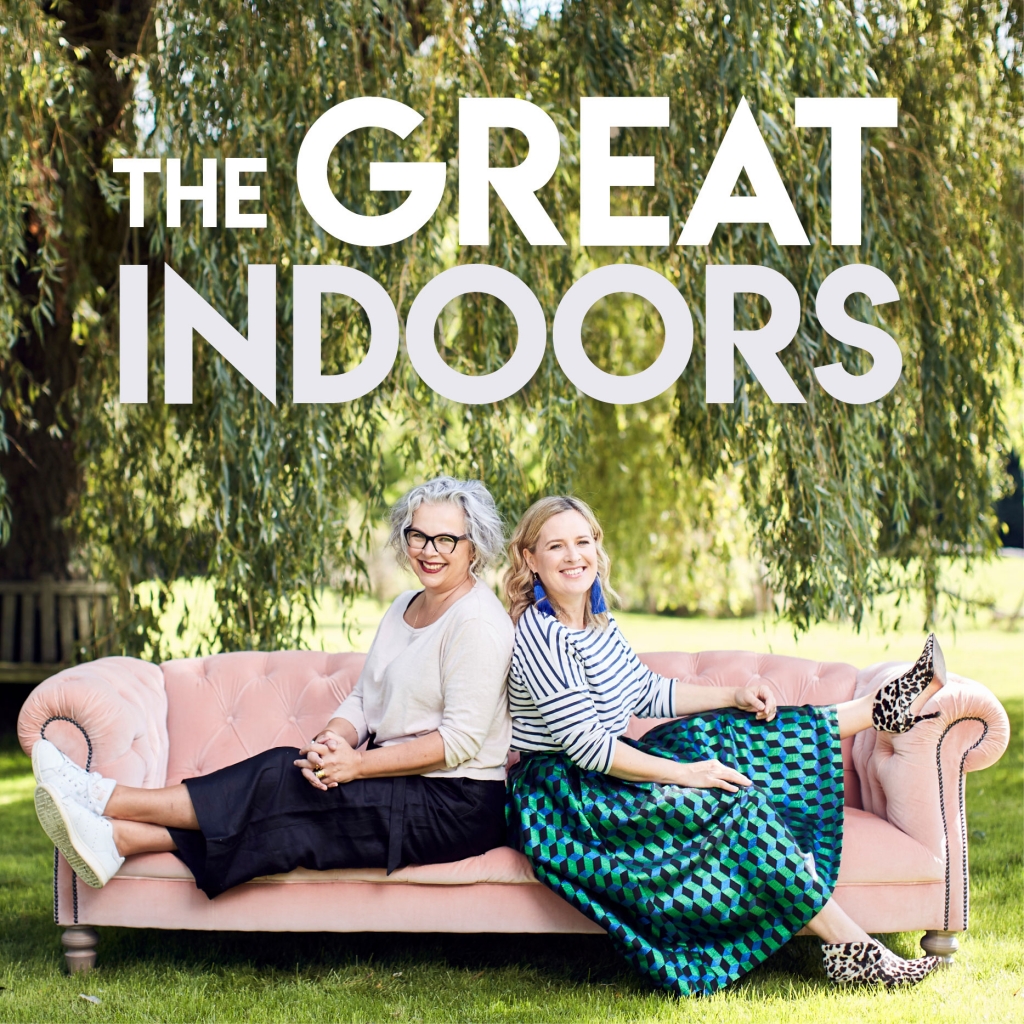
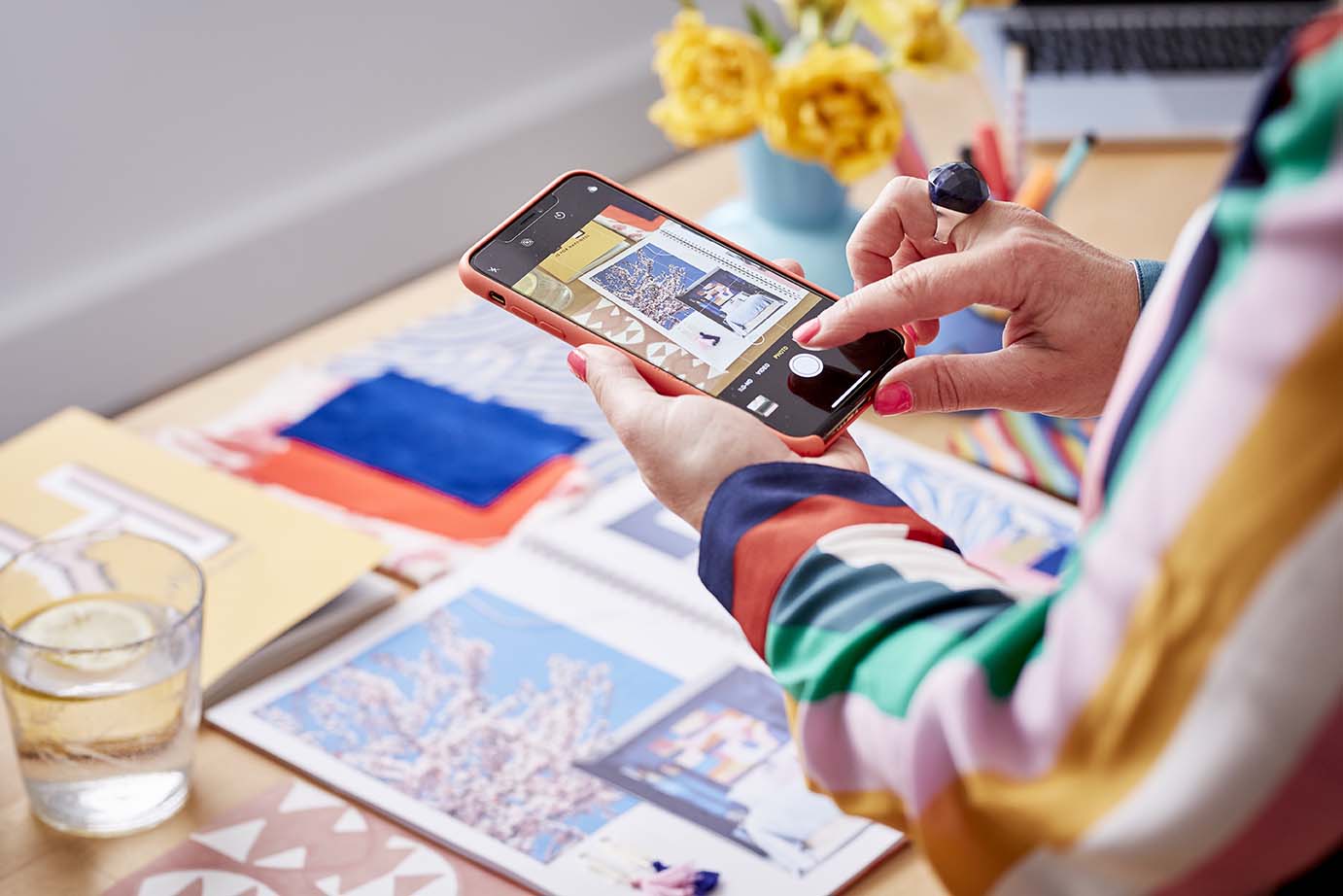


 Maximalism isn’t just
Maximalism isn’t just


 Welcome to my drea
Welcome to my drea

